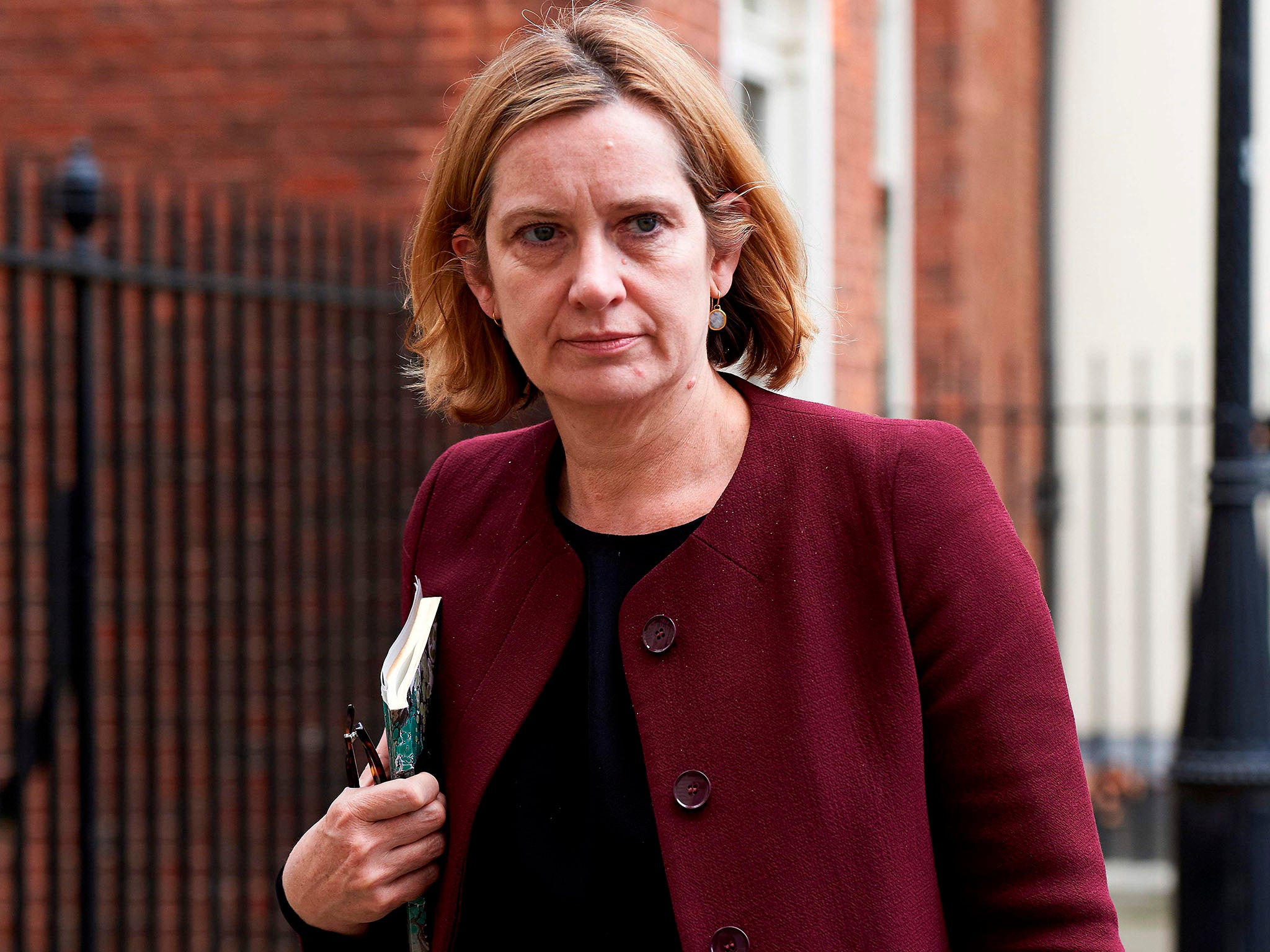Record number of child sex abuse images found online, reveals report
Paedophiles using more sophisticated methods in attempts to evade law enforcement

More child sexual abuse images are being discovered online than ever before as paedophiles go to new lengths to evade detection, a report has warned.
The Internet Watch Foundation (IWF), which finds and reports illegal photos and videos worldwide, said babies and children under the age of 10 were featured in a rising proportion of material found.
Almost 80,000 webpages were found to be hosting child sex abuse images in 2017, up 37 per cent from the previous year, and a third showed the most severe type of content, including rape and torture.
In another alarming development, analysts have found a rising amount of content originally produced by children themselves on webcams being shared by paedophiles online.
Susie Hargreaves, chief executive of the IWF, said the record figures could just be the “tip of the iceberg”.
“We are now receiving more reports of child sexual abuse content than ever before,” she added.
“We’re seeing offenders getting smarter and finding new ways to abuse legitimate internet services.
“It’s concerning that offenders appear to be increasingly using concealed digital pathways to prevent law enforcement and hotlines around the world detecting these criminal websites.”
A rapidly growing technique is the use of “disguised” sites, which only reveal abusive content to users who follow a preset digital pathway and appear legal to other visitors.
Investigators said an 86 per cent rise in the method suggests increased intelligence among paedophiles, who are “going to new lengths to evade detection”.
Image hosting websites and cyberlockers that hold people’s data were abused by paedophiles the most and security services are working to track criminals hiding their material on the dark web.
Around 65 per cent of child sex abuse images found by the IWF are hosted in Europe, with the Netherlands being the single worst country, followed by the US, Canada, France and Russia. Only 0.3 per cent of material discovered was hosted in the UK.
The IWF said it was making technical advances itself but warned that global partnership is needed to combat the disturbing crimes.
“The child victims of sexual abuse online are revictimised again and again, every time their picture is shared,” Ms Hargreaves said. “The experience they go through at such a young age is unimaginably horrific, and they frequently take this pain into adulthood with them.”
In one case shortly before Christmas, a girl contacted the IWF after finding images showing herself being sexually abused by an older man online.
Investigators went on to find the “very disturbing” material on 164 URLs, which they managed to have removed around the world.
In 2017, every seven minutes, in the course of their work, IWF analysts found a webpage showing a child being sexually abused, which is up from every nine minutes the previous year, with half discovered through proactive searching and half flagged in reports.
It included more than 77,000 webpages on a banned list and added 130,600 images to a “hash list” that creates digital fingerprints preventing the same files being re-uploaded elsewhere.
Harriet Lester, the IWF’s technical projects officer, said it was impossible to know whether more child sex abuse images are being created or whether the increase is down to improved reporting.
She told The Independent that the general public were becoming more aware of the issue but children must be better educated about the dangers of sharing pictures of themselves online.
“Self-generated content is increasing and children are not aware when they’re being coerced by offenders, not someone who loves them or wants to be their boyfriend or girlfriend,” she added.

The NSPCC called on the government to stop the “Wild West of the web” with a package of measures protecting children from a range of abuse.
“We know a lot of child sexual abuse imagery is created after a predator has groomed their victims and to tackle the growth of this material we need to cut it off at the source,” a spokesperson said.
“The sheer scale and complexity of the problem is evolving rapidly in line with technology, so it’s impossible to simply police our way out of the problem, we need a comprehensive strategy to stop potential offenders in their tracks.”
In a foreword to the report, Theresa May said the government was working to make the UK “the safest place in the world to go online”.
Amber Rudd, the home secretary, said the threat faced by children and the generation and spread of online sexual abuse continues to grow.
She said the increase in reports by members of the public was “encouraging”, but added: “There is clearly more that we need to do, with a worrying rise in material hosted in Europe, and the ever evolving nature of offending as offenders exploit new vulnerabilities in the online environment to evade detection.”